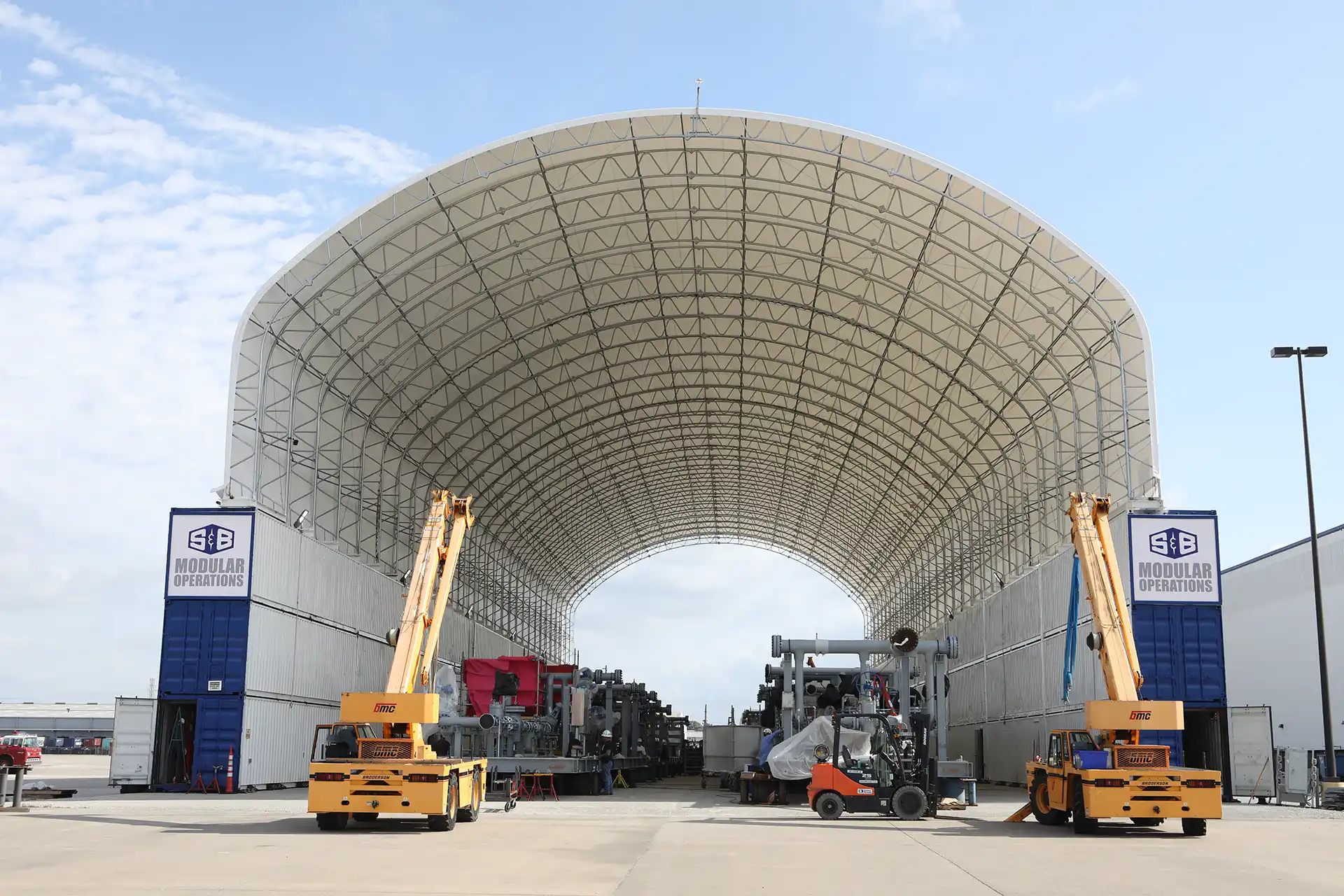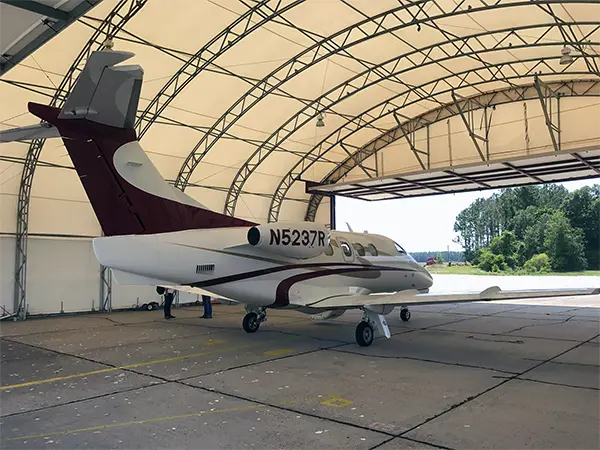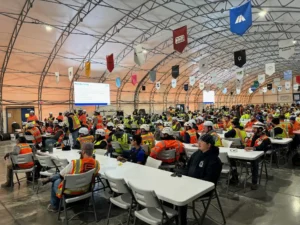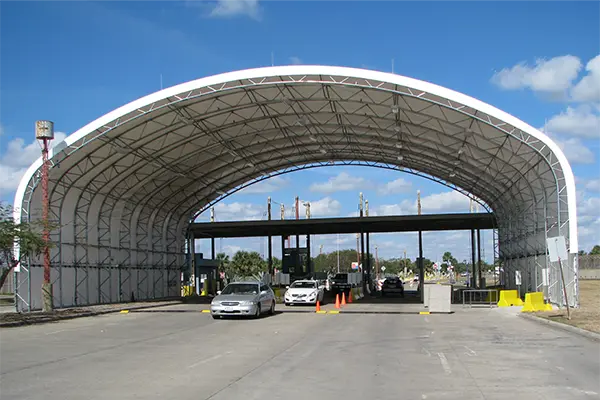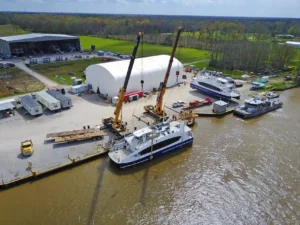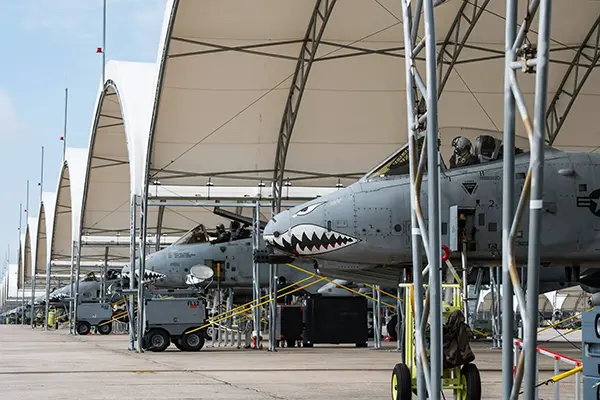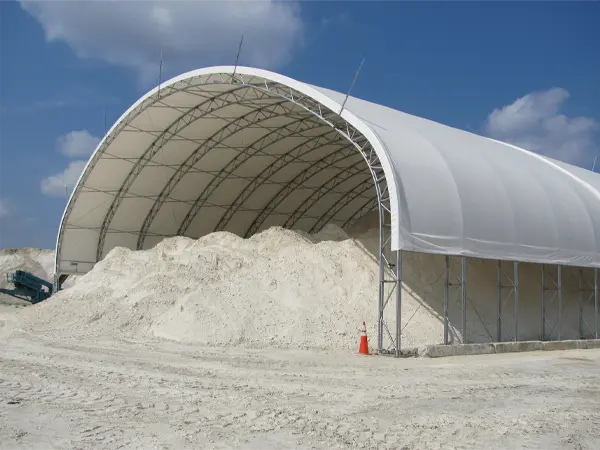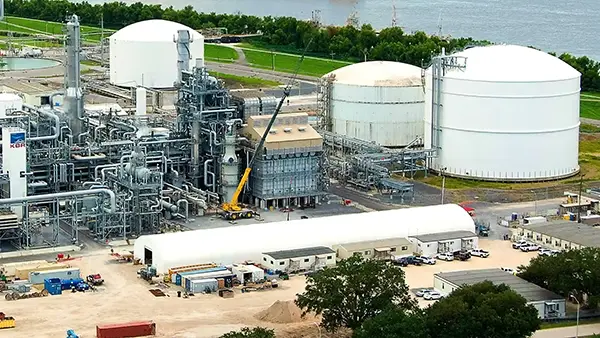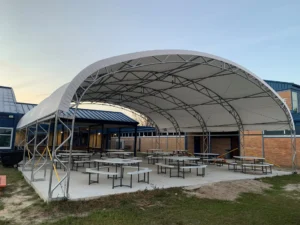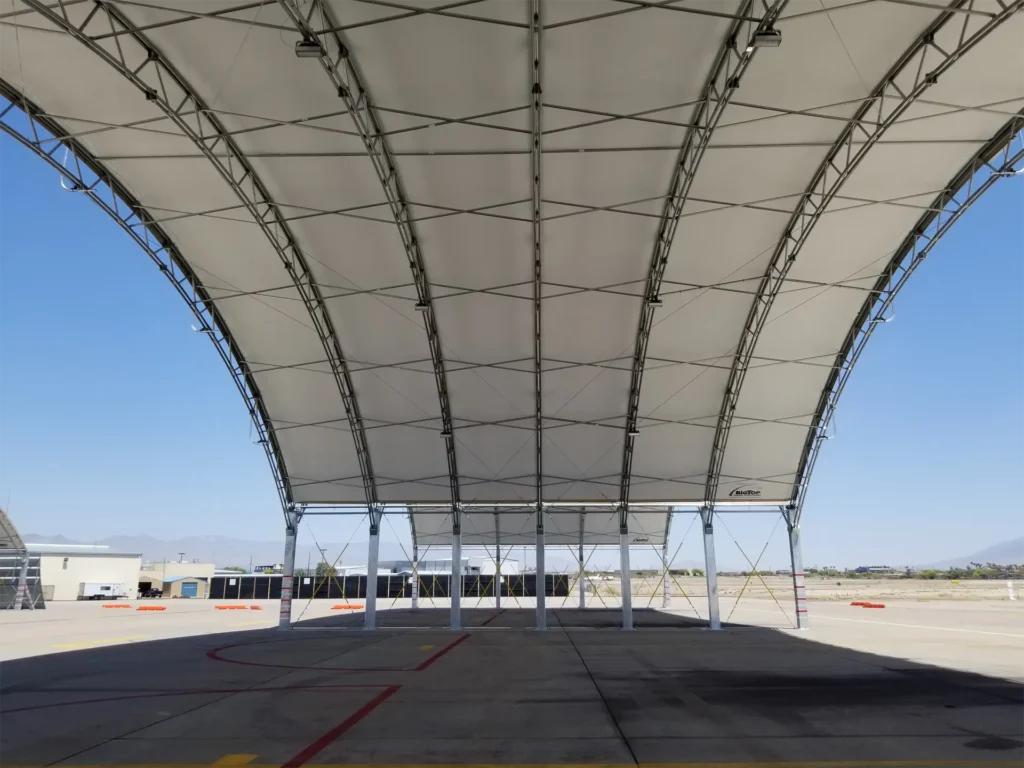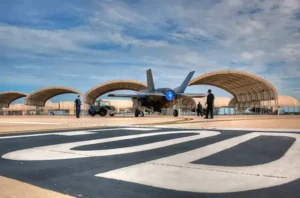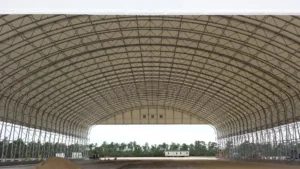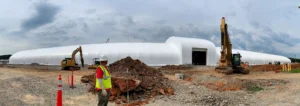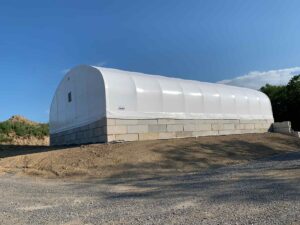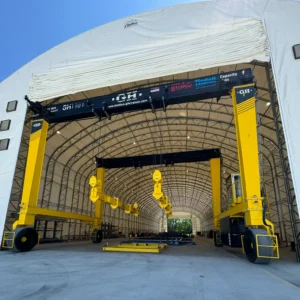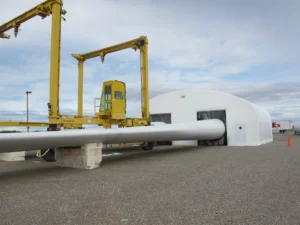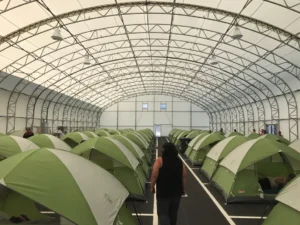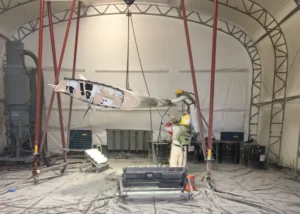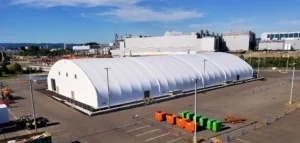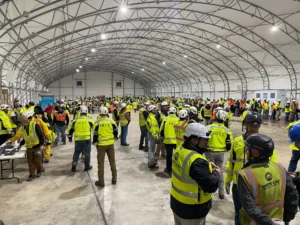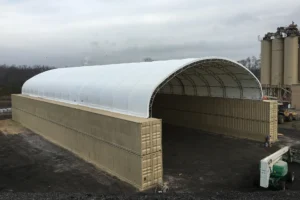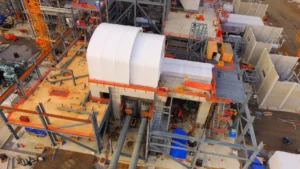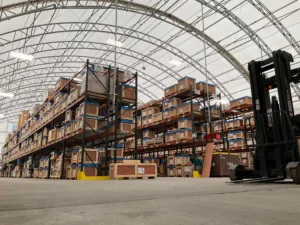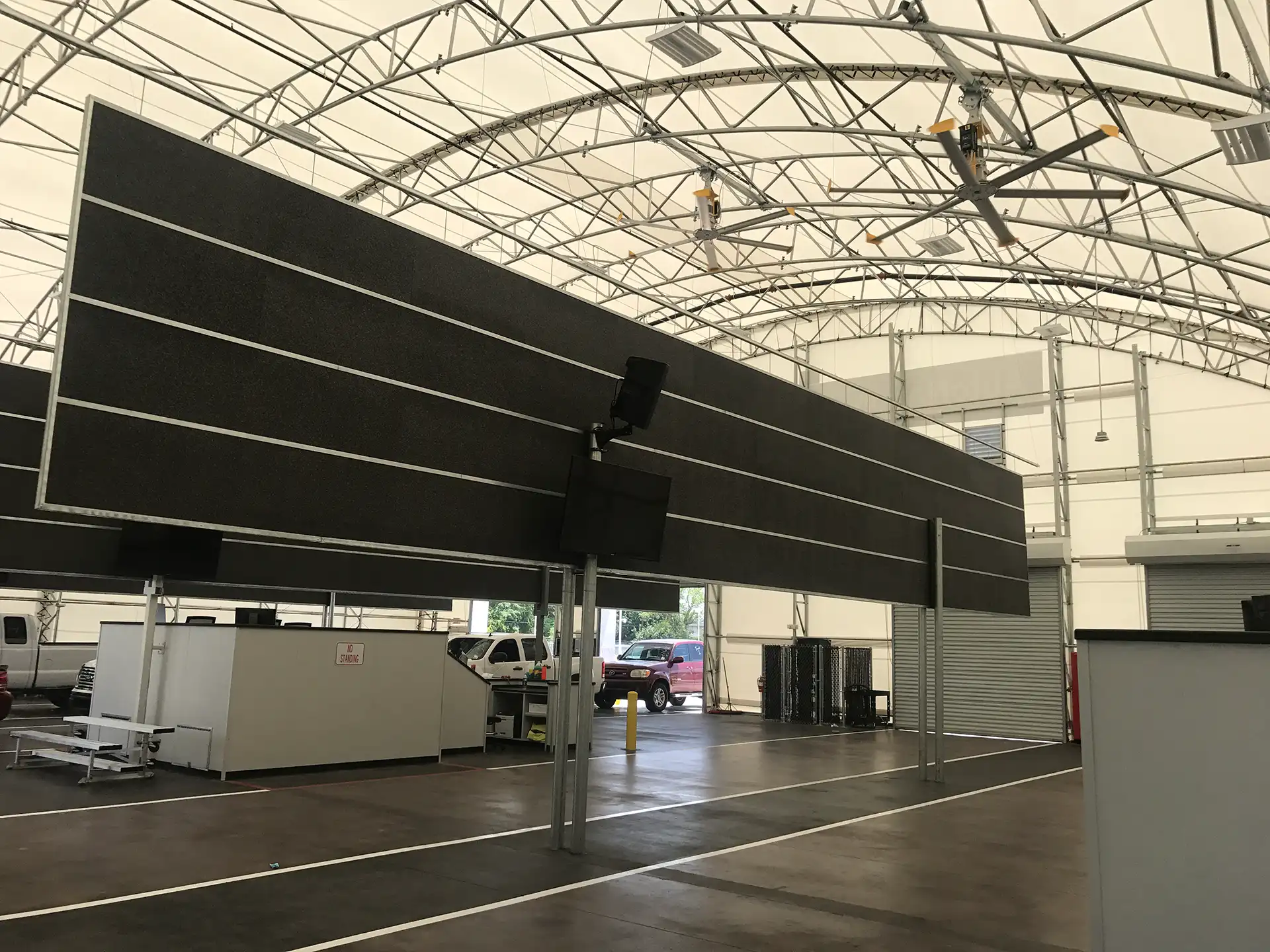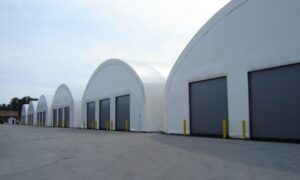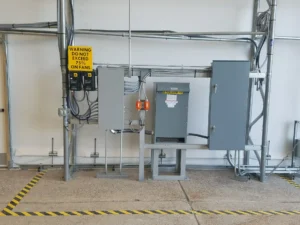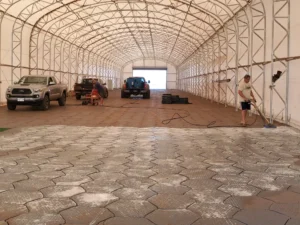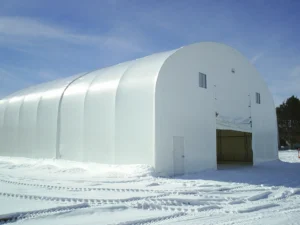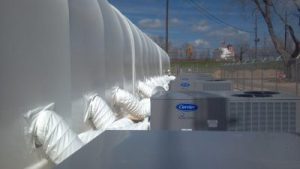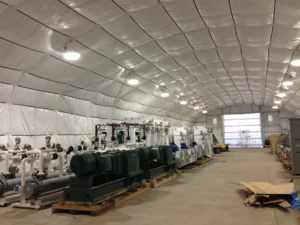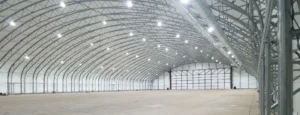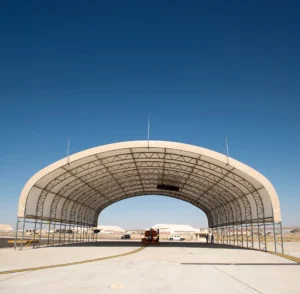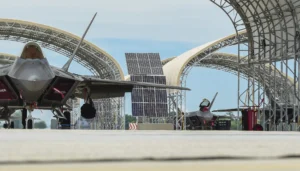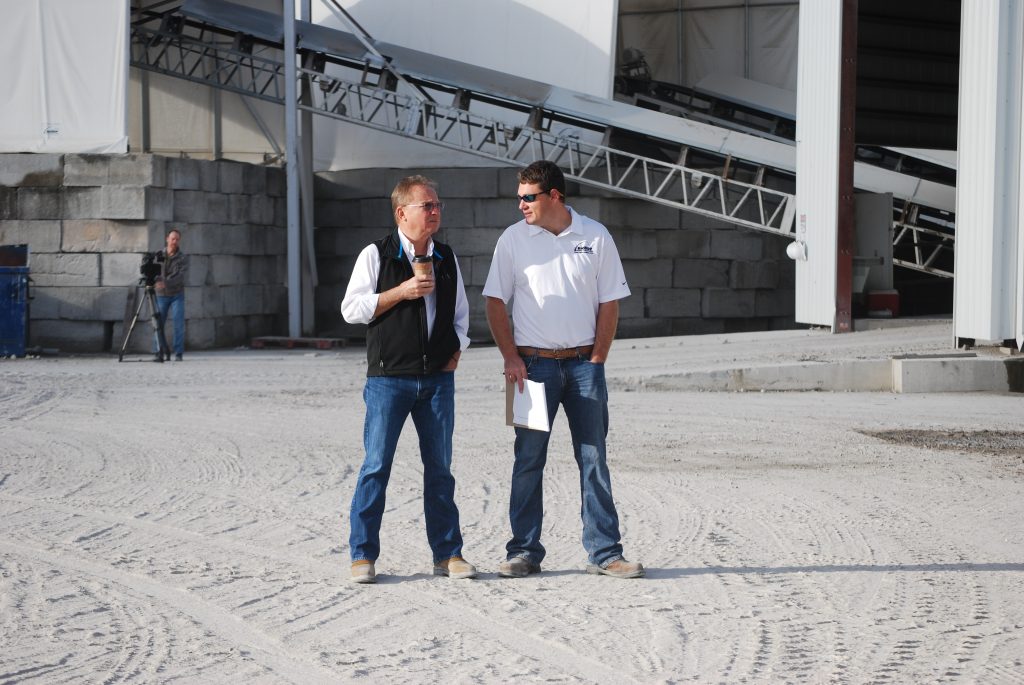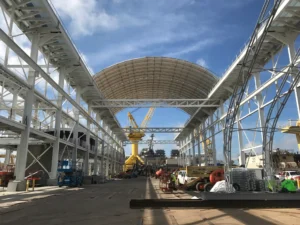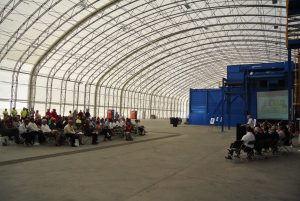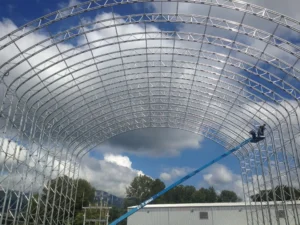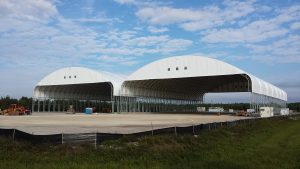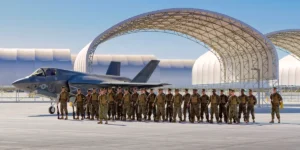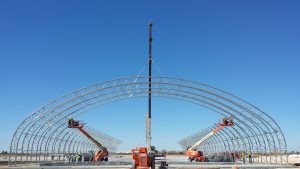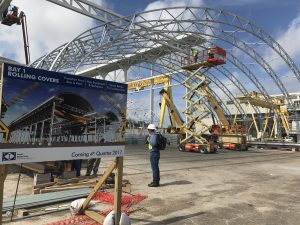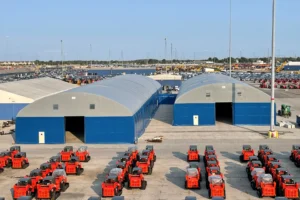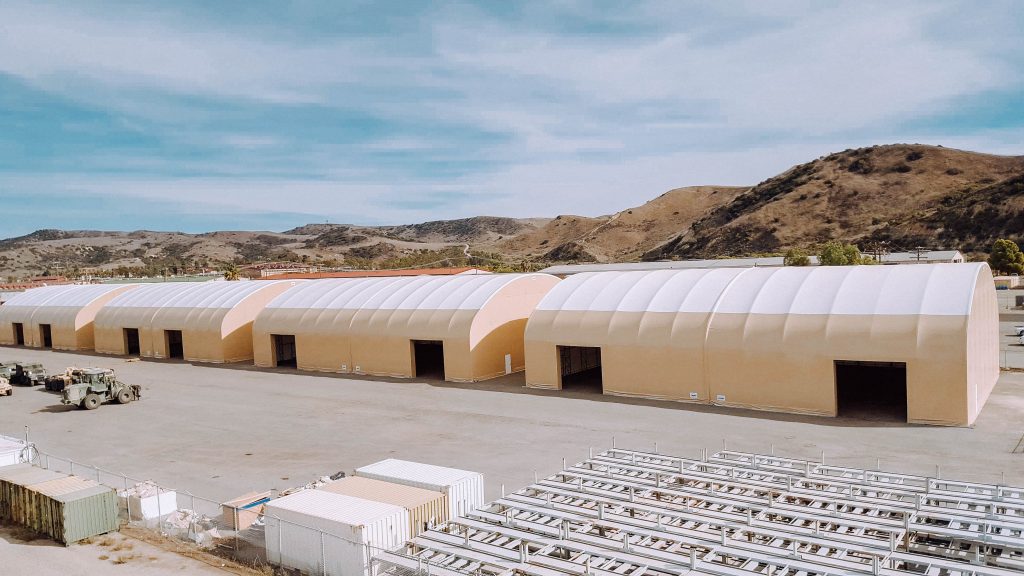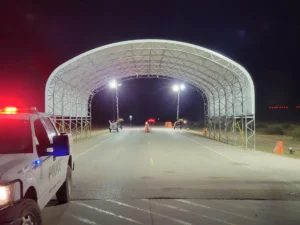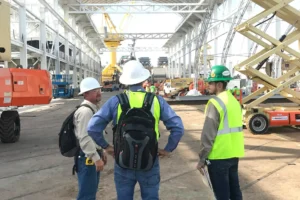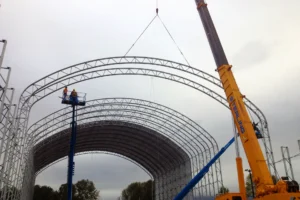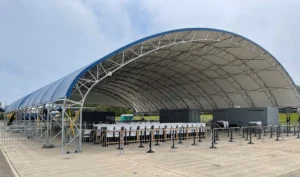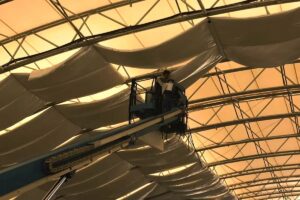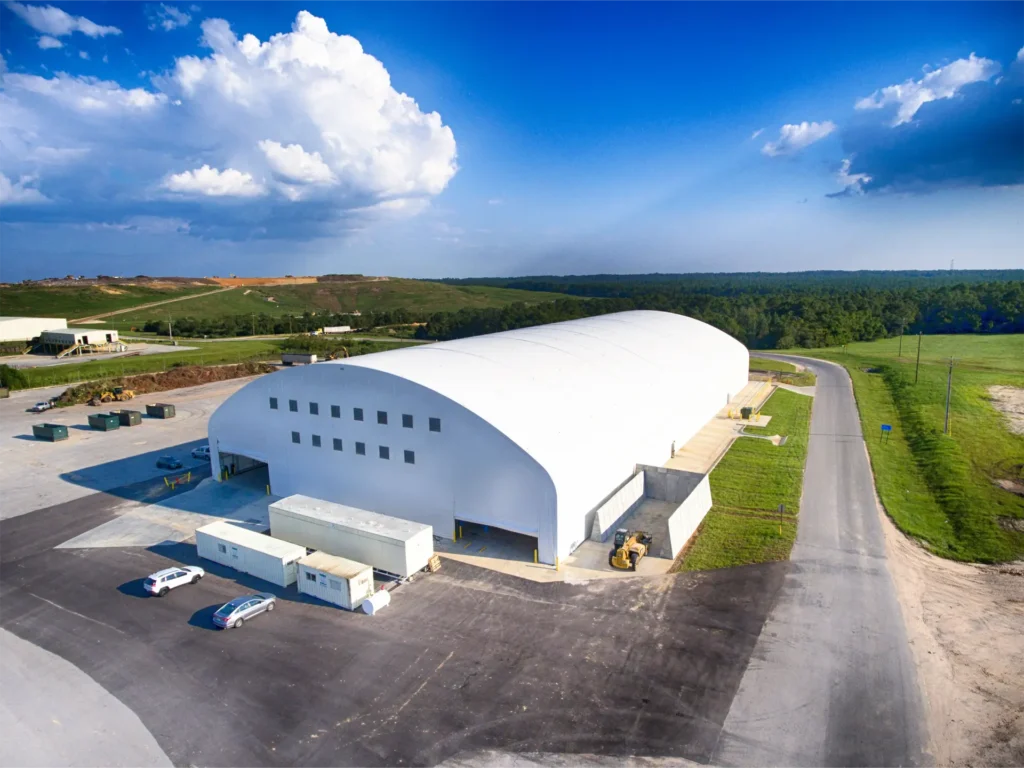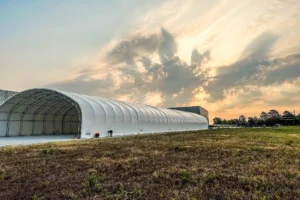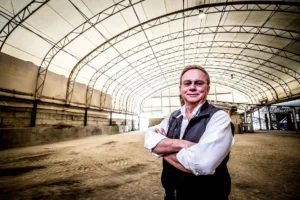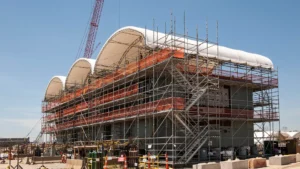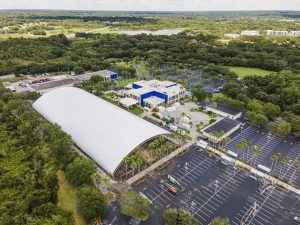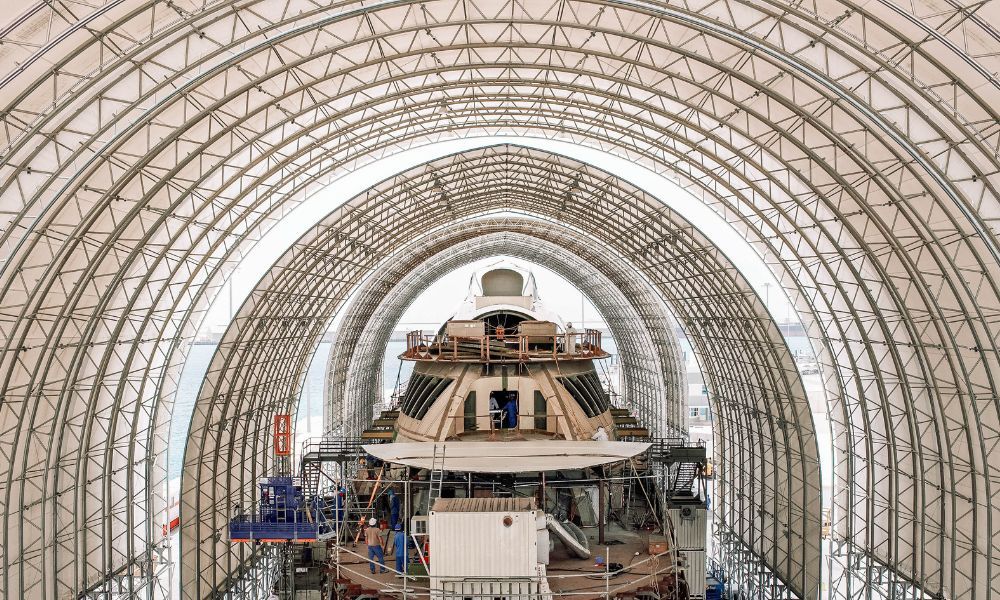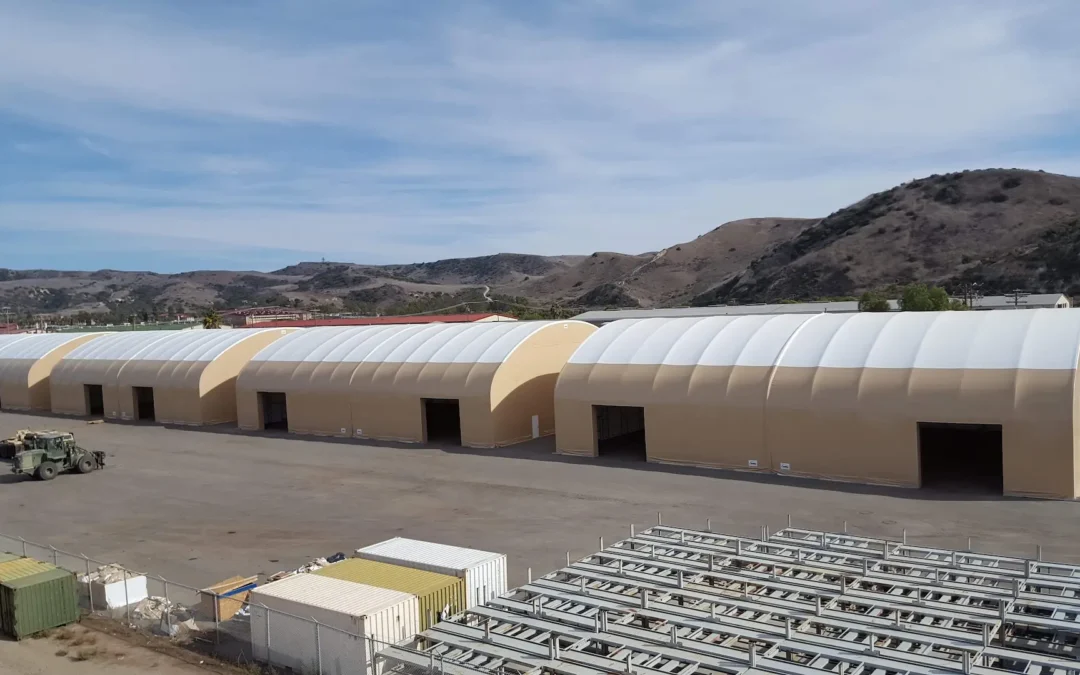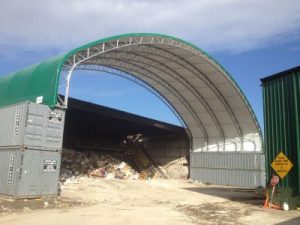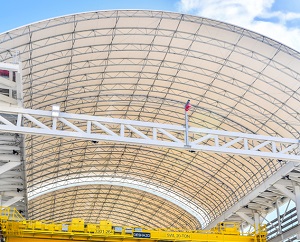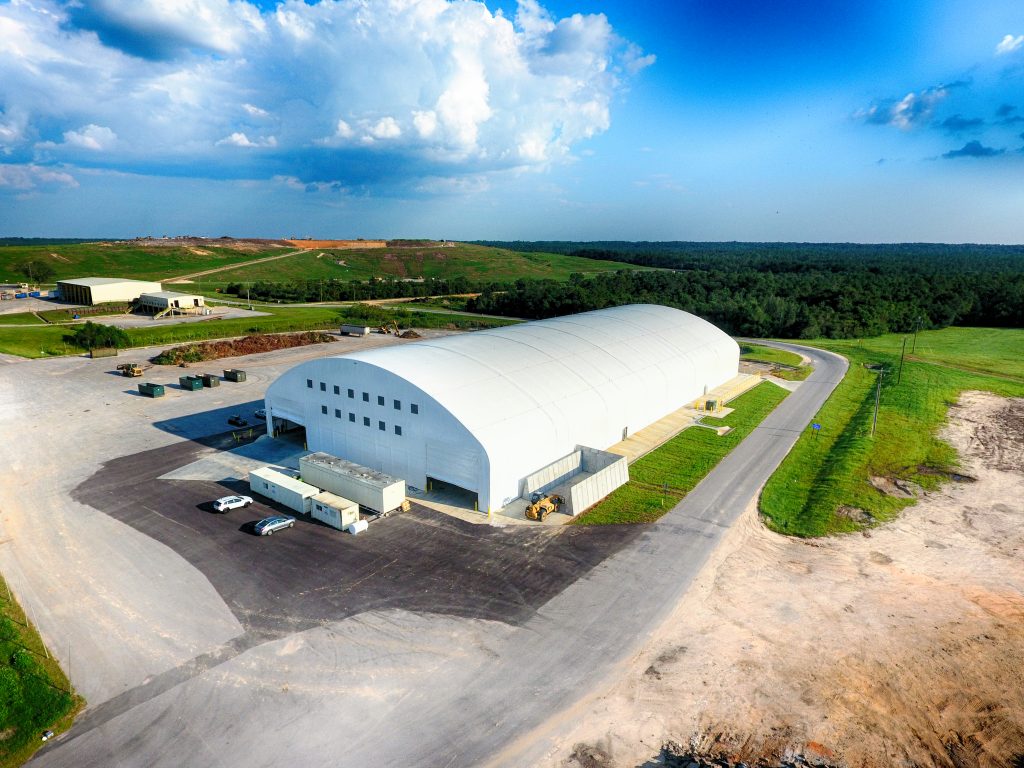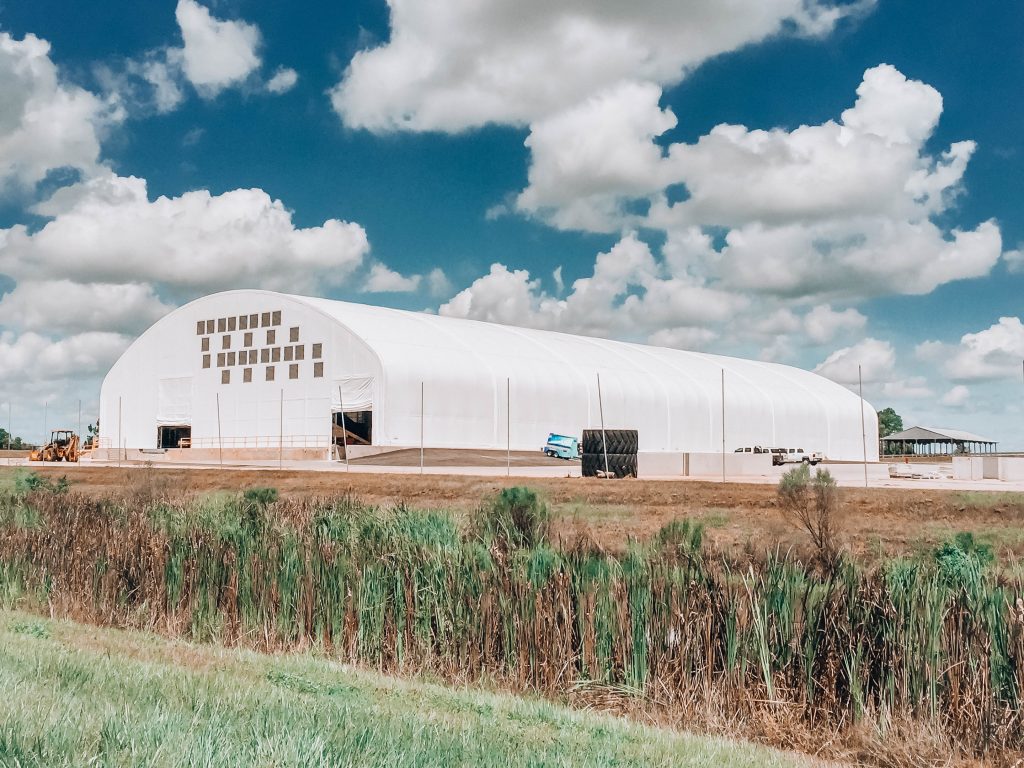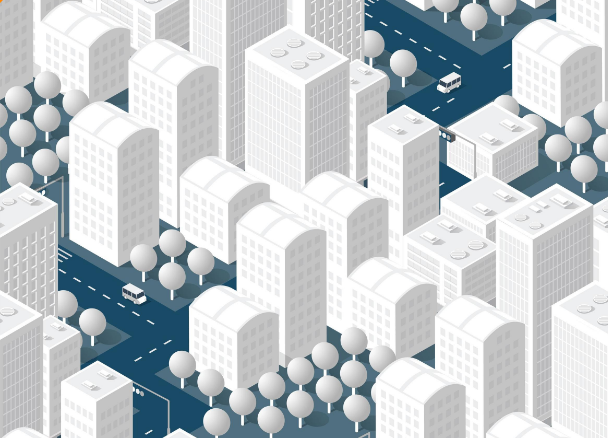Fabric buildings have emerged as a groundbreaking alternative to traditional steel structures, revolutionizing the construction industry. These highly versatile structures offer a plethora of advantages, from their lightweight nature to their quick assembly process, challenging the dominance of steel buildings. Here are 5 reasons fabric buildings are better than steel structures:
Flexible Design
The design flexibility of fabric buildings is extraordinary, setting them apart from rigid steel structures. Unlike steel alternatives, installers can easily manipulate fabric structures and tailor them to meet unique project requirements.
This means that regardless of the space constraints or the specific design needs of an application, fabric buildings can perfectly fit the bill. A bonus feature is that this flexibility allows for easy expansion and relocation, making them cost-effective solutions for evolving business needs.
Strength and Durability
It’s a common misconception that fabric structures can’t rise to meet the same challenges steel structures can. The high-quality PVC fabric we use in these structures can withstand harsh weather conditions, such as intense sunlight and heavy snow loads, ensuring long-lasting performance.
Additionally, fabric buildings are highly resistant to corrosion, a common issue with steel structures in humid or salty environments. Their ability to withstand the test of time and challenging conditions plays a pivotal role in elevating fabric buildings over traditional steel structures.
Cost Savings
Choosing fabric buildings over traditional steel structures can result in substantial cost savings throughout the lifespan of the structure. First and foremost, the lightweight nature of fabric materials reduces transportation and installation costs.
As a bonus, constructing fabric buildings requires fewer labor resources and less time than steel structures, leading to lower assembly costs. Additionally, the superior insulation properties of fabric can result in significant energy savings, decreasing heating and cooling expenses for climate-controlled facilities. These cumulative savings make fabric buildings highly economical in the long run.
Environmental Impact
The lightweight nature of fabric not only lowers transportation costs but also reduces fuel consumption and associated carbon emissions during transit. The manufacturing process of fabric materials is less resource-intensive than steel, leading to a smaller carbon footprint.
Moreover, the insulating properties of fabric buildings contribute to energy efficiency, facilitating lower energy use for temperature control and, thus, fewer greenhouse gas emissions. Fabric structures’ durability and longer lifespan also reduce the frequency of replacement and waste generation, further solidifying their position as a greener alternative to traditional steel buildings.
Speedy Construction Time
One of the main reasons why fabric buildings are better than steel structures is their swift construction time. Thanks to the lightweight nature of the materials and the simplified design, the assembly of fabric buildings is a significantly streamlined process.
This leads to a faster completion schedule, allowing businesses to commence operations sooner and thus start making a return on investment quicker. Moreover, the reduced construction time also means less disruption to the surrounding environment and minimized labor costs.
If you’re ready to reap the benefits that fabric buildings have to offer, let Big Top Manufacturing design and install a custom fabric building directly on your jobsite. As experts in fabric structures, we have the experience, dedication, and knowledge to build a structure specifically tailored to your needs.
